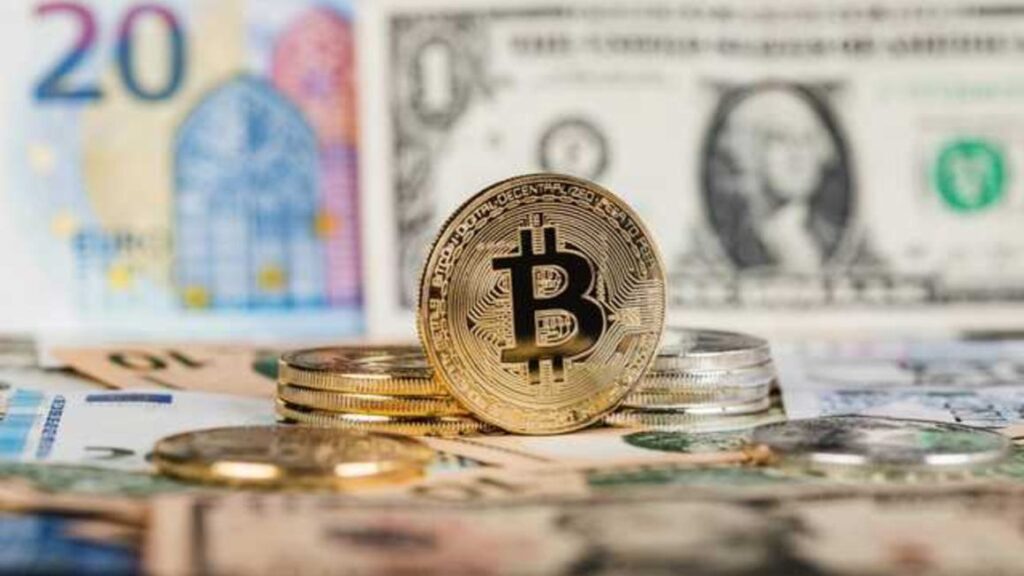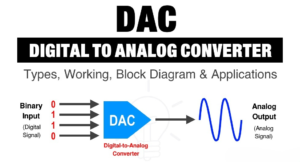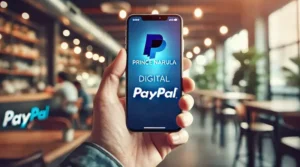As a Digital Creator, I’ve witnessed firsthand the profound changes technology has brought, especially in the realm of finance. With the surge in digital transactions, there’s an ongoing discourse regarding the fate of paper money. The advent of digital currencies like Bitcoin has ignited speculation about the potential obsolescence of traditional cash. In this piece, let’s delve into the ramifications digital currency could have on paper money, examining both the advantages and hurdles of transitioning to a completely digital monetary framework.
The Rise of Digital Currency
Definition and Types of Digital Currency
Digital currency refers to any form of currency that exists purely in electronic or digital form. It is decentralized and typically operates on a technology called blockchain, which ensures transparency and security in transactions. Bitcoin, Ethereum, and Ripple are some of the well-known examples of digital currencies.
Advantages of Digital Currency
Digital currencies offer several advantages over traditional paper money. Firstly, they provide faster and more efficient transactions, as they can be conducted online without the need for physical presence. Secondly, digital currencies enable borderless transactions, eliminating the need for currency conversions and reducing transaction costs. Additionally, digital currencies can provide enhanced security and privacy, as blockchain technology ensures the integrity of transactions and protects user information.
The Impact on Paper Money
Challenges to Paper Money
While digital currency offers numerous benefits, it also poses challenges to the existence of paper money. One of the main challenges is the potential for decreased demand for physical cash. As more people adopt digital currencies, the use of paper money may decline, leading to a decrease in its circulation and acceptance.
Central Bank Digital Currencies (CBDCs)
To address the rise of digital currencies, central banks in several countries have started exploring the concept of Central Bank Digital Currencies (CBDCs). CBDCs are digital representations of a country’s fiat currency, issued and regulated by the central bank. The introduction of CBDCs could provide a bridge between traditional paper money and digital currencies, allowing for the coexistence of both forms of currency.
Benefits of CBDCs
CBDCs offer advantages that can potentially mitigate the challenges faced by paper money in the digital era. Firstly, CBDCs could provide greater control and regulation for central banks, allowing them to monitor and influence the economy more effectively. Secondly, CBDCs could enhance financial inclusion by providing access to digital financial services to those who are unbanked or underbanked. Lastly, CBDCs could serve as a backup form of currency in case of system failures or disruptions in digital transactions.
The Future of Currency
Coexistence of Digital and Paper Money
While the rise of digital currency may impact the use of paper money, it is unlikely to completely replace it in the near future. Many individuals and businesses still rely on paper money for various transactions, and there are challenges to transitioning to a fully digital monetary system, such as technological barriers and concerns about privacy and security.
Evolving Financial Landscape
As the financial landscape continues to evolve, it is possible that digital currency and paper money will coexist, with each serving different purposes and catering to different needs. Paper money may continue to be used for certain transactions, while digital currencies become more prevalent for online and digital transactions.
Frequently Asked Questions: Will Digital Currency Replace Paper Money?
1. What is digital currency?
Digital currency refers to any form of currency that exists purely in electronic form. This can include cryptocurrencies like Bitcoin, central bank digital currencies (CBDCs), and other forms of electronic money.
2. Will digital currency replace paper money entirely?
The potential for digital currency to replace paper money entirely is a topic of debate. While some argue that digital currencies offer numerous advantages and could eventually replace traditional cash, others believe that physical currency will always have a role in the economy.
3. What are the advantages of digital currency over paper money?
Digital currency offers several advantages, including increased efficiency in transactions, reduced risk of counterfeiting, lower transaction costs, and improved accessibility for individuals without access to traditional banking services.
4. What are the challenges of replacing paper money with digital currency?
One of the main challenges of replacing paper money with digital currency is the need for widespread adoption and acceptance. Additionally, concerns about privacy, security, and potential technological barriers must be addressed.
5. Are governments considering the adoption of digital currencies?
Yes, many governments are exploring the possibility of issuing central bank digital currencies (CBDCs) as a complement to or replacement for traditional paper money. However, the implementation of CBDCs varies from country to country, and there are still many considerations and challenges to overcome.
Conclusion
While digital currency has the potential to disrupt the use of paper money, it is unlikely to completely replace it in the foreseeable future. The rise of digital currencies and the exploration of CBDCs by central banks signify a shift in the financial landscape, but there are still practical and societal factors that support the continued use of paper money. The coexistence of digital and paper money is more likely, with each form of currency serving its own unique role in the evolving world of finance.








Be First to Comment